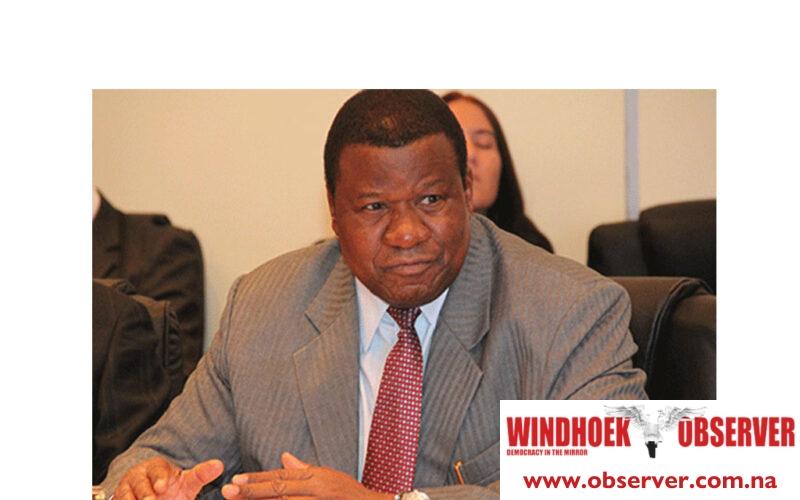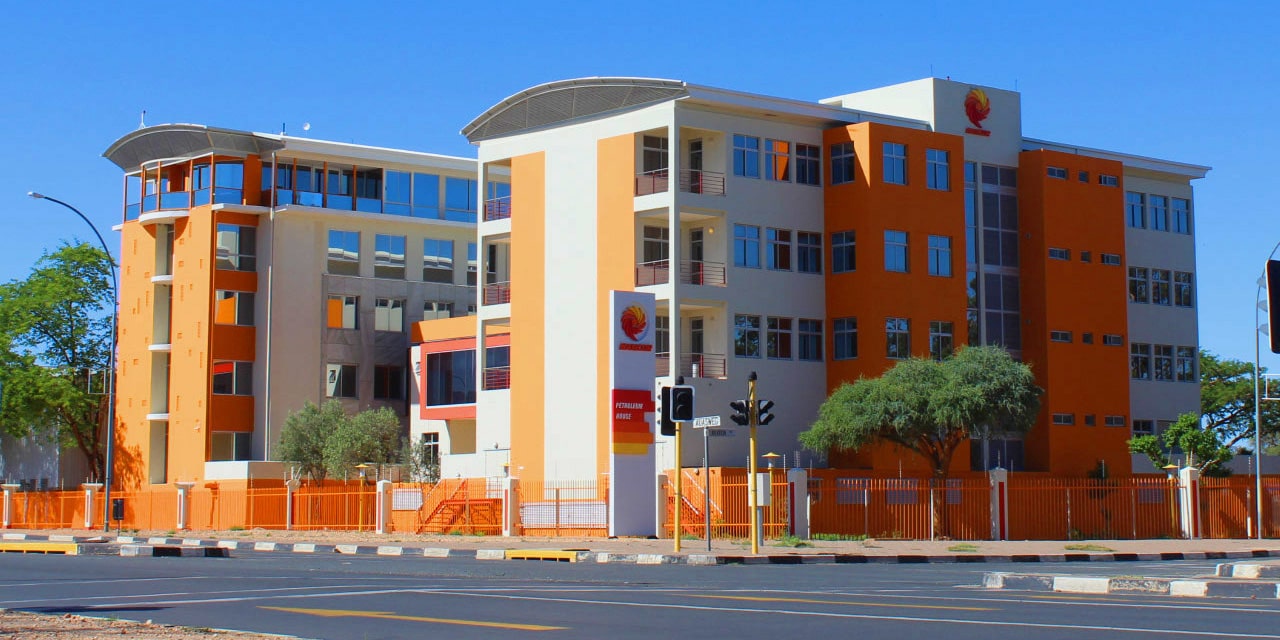Niël Terblanché
Namibia further solidified its pivotal role in the development regional transport and logistics sector by, for the first time, hosting the Port Management Association of Eastern and Southern Africa (PMAESA) Annual General Meeting (AGM) and Intermodal Africa Conference and Exhibition in Swakopmund.
John Mutorwa, the Minister of Transport and Deputy Prime Minister of Namibia, officiated the official opening of the intermodal conference where he stressed the Namibian government’s commitment to enhancing infrastructure development and maintenance through the continued creation of sectoral policy, regulation, and applicable laws.
“Logistics and transportation management are essential for international trade, and it is our determined view to ensure seamless and efficient transportation of goods, services, and products for trade facilitation across the country, SADC, AU, and beyond,” Mutorwa stated.
He said that the Namibian government has made significant strides in improving its transportation sector, including the implementation of new laws aimed at enhancing road safety and addressing critical issues such as overloading.
Mutorwa pointed to the revised Vehicle Mass Law and Roads Bill and said the new legislation represents examples of these efforts aimed at ensuring that roads and infrastructure are used responsibly while also guaranteeing the safety of all road users. The event served as a crucial platform for stakeholders in the transport and logistics industry to exchange knowledge, share experiences, and explore opportunities for collaboration and cooperation.
The discussions and insights shared are expected to contribute to advancing best practices, innovation, and sustainable development within the sector, ultimately bolstering efforts to create a more efficient and interconnected transportation network across the continent.
Mutorwa also highlighted the significant progress in developing the Namibia-Zambia-DRC Development Corridor, known as the Walvis Bay-Ndola-Lubumbashi Economic Development Corridor.
According to the minister, the corridor holds immense potential for enhancing regional trade, integration, and connectivity, promising to play a pivotal role in promoting intra-African trade and fostering economic development across Africa.
He added that the Namibian Government’s initiative to provide Dry Ports to neighbouring countries such as Botswana, Zambia, and Zimbabwe transformed them from land-locked to sea-linked countries which led to an increase in activities not only at the Port of Walvis Bay but also Namibia’s road infrastructure.
“These Dry Ports, established through the SADC configuration framework, facilitate good trade relations within the region and strengthen economic ties between Namibia and its neighbours,” he said.
According to Mutorwa, the government’s ongoing efforts to maintain and enhance port efficiency, coupled with the strategic power of cooperation to stimulate trade through various corridors, emphasize Namibia’s commitment to becoming a strategic regional logistics hub.
He added that the development and maintenance of road infrastructure, enactment of progressive policies, and collaboration with stakeholders are key to ensuring the transport sector’s sustainability and readiness for future challenges. Mutorwa acknowledged the vital role of the Namibian National Ports Authority (Namport), in facilitating trade and maritime transport, positioning Namibia as a key player in the global logistics and shipping industry.
According to the minister, the successful hosting of the conference and the AGM is a testament to Namibia’s dedication to fostering sustainable growth and prosperity for the region, continent, and beyond, through innovative solutions and workable strategies in the transport and logistics sector.




